PhotoTour Wildflowers of Western Australia
Volume 1
“The Everlastings started 60 to 70km east of Yalgoo and stretched to the horizon on both sides of the road ..”

In 2009 Julie and I completed an anti-clockwise lap of Australia and discovered the wildflowers of Western Australia for the
first time. We took quite a few photographs and discovered a whole new world of colour, shape and texture that we had not
really known existed. These delights were growing in mainly flat land with sandy soil that was close to being desert. They
were frequently on the most innocuous of plants that you could easily walk past without a second glance. We knew we had
to come back with better photographic equipment.
We also knew that we needed to see good rain in April and May. We had that in 2016 and made the decision to do the trip.
The really good follow up rain, some while we were there, was a bonus and produced a wildflower season that many of the
experts have hailed as the best in a couple of decades.
On our original trip we had stayed at Western Flora just north of Enneabba and had joined a wildflower tour organised by
the owner. In the evening he used a microscope to show us the detail inside many flowers. It was this detail that I wanted
to capture and some of the technical advances in photographic equipment made this possible, particularly the release of the
Canon 5DsR with its 50mp sensor. Every photograph is 8688 x 5792 pixels, or around 24 times the pixel count of a High
Definition television. Combined with a 100mm Macro lens we had the possibility of really getting in to the flowers with a
sort of bee’s eye view.
I prefer to use only the available natural light and photograph the flowers in their natural environment. There is often a
wind blowing in WA and you are therefore trying to focus down to the millimeter on something that is flapping about in the
breeze. Very high shutter speeds and wide open apertures are a necessity and result in an extremely narrow depth of field
and the lovely blurred backgrounds you will see throughout the book.
My approach shows you what is visible through a magnifying glass. It’s another world. I hope that this book will inspire a
lot of people to get out and discover for themselves what we have been lucky enough to see.
Some of the experts we talked to explained many flowers are not named while others are in the process of being renamed as
a result of DNA testing and more accurate species identification. We’re not botanists and have therefore not attempted to
identify the flowers.
Our trip started from Kurrajong Heights near Sydney in July and we spent a month getting to WA via the Eyre and Yorke
Peninsulas in South Australia and whale watching in the Great Australian Bight.
By early August we had crossed the Nullarbor, stayed at the delightful Fraser Range Station, and then headed into Norseman
before heading north to Kalgoorlie and Leonora and then west to Sandstone and Mount Magnet where the flowers started.
This book is the first of two volumes and follows the chronology of the trip, as far north as Kalbarri and then south to Perth.
Click on the four way arrow button to make it full screen:
